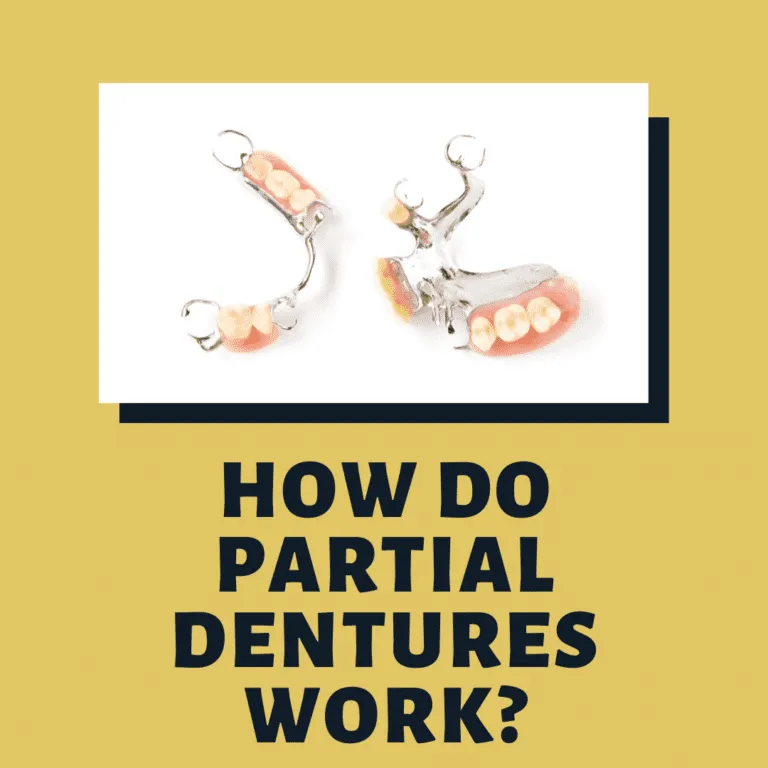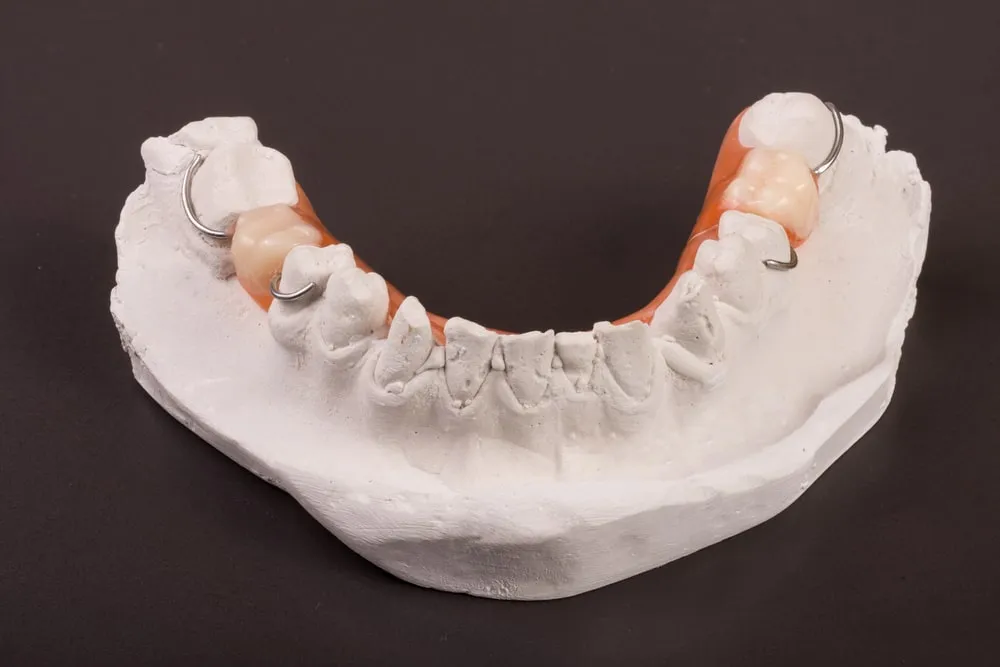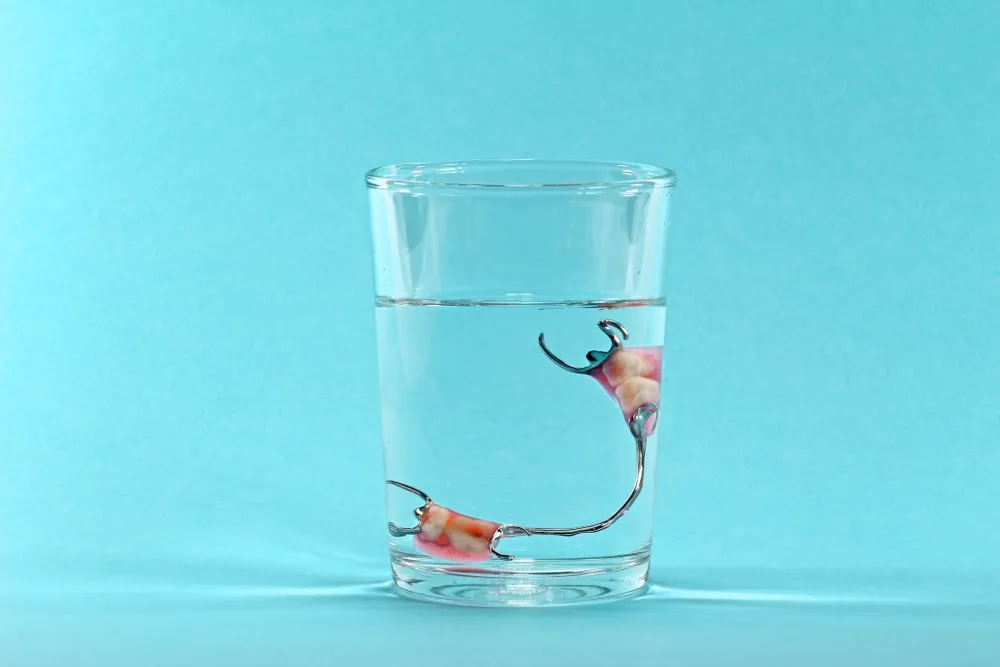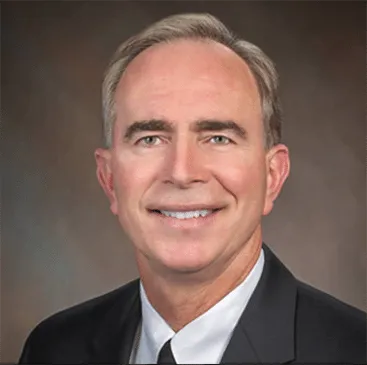How Do Partial Dentures Work?

Many people are familiar with dentures. They are often portrayed in cartoons, sitcoms, and movies, therefore they have become one of the most well-known dental restorations. However, not as many people are familiar with partial dentures. Like full dentures, partial dentures are a dental prosthetic that has artificial teeth and gums. However like their name suggests, partial dentures do not restore an entire arch of teeth. Instead they only restore sections of missing teeth.
With that being said, it should come at no surprise that partial dentures work differently than traditional dentures. Traditional dentures are a dental prosthetic composed of an entire upper and/or lower arch of teeth and an artificial gum base. This prosthetic is held in place over the gums by its shape and denture adhesive.

Partial dentures, on the other hand, are composed of one or more fake teeth that may or may not be attached to an artificial gum base. They are intended to fit in the spaces left by missing teeth and are designed for use with the remaining natural teeth. Therefore, instead of using denture adhesive, partial dentures are held in place by a different mechanism.
The mechanisms that hold partial dentures in place are dependent upon using the surrounding teeth for support. One mechanism used is a metal framework with clasps that are made to fit around your natural teeth to hold the partial in place. Another mechanism is to use precision attachments, which look more natural. However precision attachments may require the placement of dental crowns on the supporting teeth for a better fit.
Despite the type of attachment used, partial dentures are designed to be removable. While partial dentures do not place as much pressure on the gums as full dentures, they can still cause minor irritation in some spots. Removing the partial at night gives your gums a rest. Additionally, you will need to remove your partial denture to thoroughly clean it.
To keep your partial denture working as intended, you will need to brush it daily to remove food and plaque from its surface. However, instead of using toothpaste, you will need to use denture cleaner because toothpaste is too harsh. You will also want to make sure that the bristles on your brush are soft so they do not damage its surface.

Another aspect of keeping your partial denture working as intended is preserving its shape. After the initial placement of your partial denture, your dentist may need to make minor adjustments so that it fits comfortably. Once the right fit has been obtained, you will need to preserve this shape by storing it in denture solution or water when it is not in your mouth. This is because dentures must be kept moist, otherwise they can warp. You will also need to avoid trying to adjust your partial yourself.
In addition to proper cleaning and maintaining its shape, another important way to care for your partial denture is to keep up with your semi-annual dental checkups and teeth cleanings. Visiting your local dental office every six months allows your dentist to closely monitor your partial for any potential problems. It also allows them to make minor adjustments so that your mouth stays as comfortable as possible. Over time, the shape of your mouth will change and your partial will likely need to be adjusted to avoid problems like painful sores or infections.
As you can see, partial dentures work differently than traditional dentures. Although they are both from the same dental prosthetic family and have certain similarities, partial dentures ultimately work differently than traditional dentures. Understanding how partial dentures work can help you to determine if a partial denture is right for you.

Dr. John Batlle attended the UF College of Dentistry where he received his Doctor of Dental Medicine degree in 1983. After graduating, he worked for the State of Florida and received his commission in the Navy Reserve Dental Corps. He was deployed to Guantanamo Bay, Cuba in 2002 where he served as the dentist for Detainee Operations and Navy Hospital GTMO. He recently retired from the U.S. Navy Reserve after 26 years of service.

